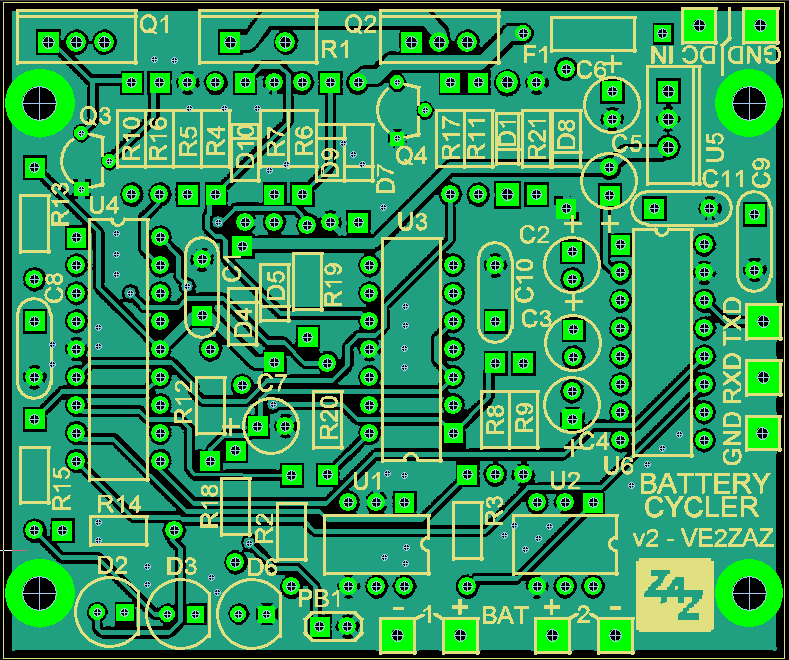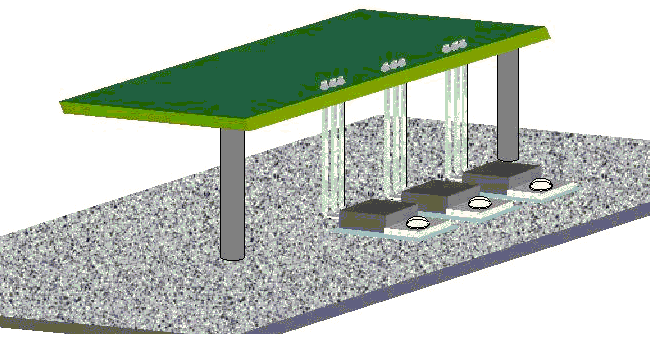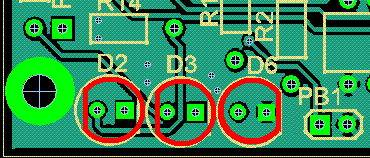
 |
This
page complements article
"The "Rechargeable Battery Cycler" published in
the September/October
2008
issue of ARRL's
QEX
magazine. This page also
provides
updates to the original article. The Battery Cycler is an autonomous device that will periodically discharge and recharge Nickel Cadmium (Ni-Cd) or Nickel-Metal-Hydride (Ni-MH) battery packs so that they are always fresh and ready to deliver. Please visit this page frequently, and right before assembling the project, as new information may get added regularly. Once again, I would like to express my gratitude to Jocelyne, my wife.This project took 6+ months of spare time to develop, so she deserves it! Also, thanks Jacques-VE2AZX for beta-testing this system.Bert, VE2ZAZ
(Added 28/12/2008) A version 2 of the Cycler Configuration Software is available for download. This version offers a fix for the battery current display, which overlapped the "mA" label. (Added 05/11/2008) The original QEX article is now available here in PDF. (Added 26/08/2008) The original QEX article will be available here in PDF form at the end of the month of October 2008. For now, exclusivity is given to the printed magazine. (Added 26/08/2008) The LED contour markings on the PCB are inverted for D2 and D3 if using the suggested bi-color LEDs (Digikey 160-1038-ND). See the Assembly Instructions section below. (Added 26/08/2008) Hammond Enclosure. I want to warn you that the suggested Hammond enclosure may be too small to work with for some of you (hands full of thumbs?). My goal was to fit everything into the smallest possible enclosure. If you are unsure about your ability to fit everything into the suggested enclosure, just pick a bigger one. The Digikey website catalog shows a list off all the similar aluminum enclosures you can pick one from. Just make sure you select a box that has all its dimensions greater or equal to the one I am suggesting. I appreciate reading back from experimenters who build this project. This allows me to improve this page by providing additional clarification if necessary. Thanks!
This is the
Windows program that provides a user-friendly
interface to the Battery
Cycler system to configure it. The software
provides the
following
features:
This software was developed and tested in a Windows 2000 environment. It was also tested in Windows XP. Previous programs that use the same COM port driver were also successfully used on Windows 98. Since these operating systems cover two main branches of Windows (9x and NT), the software is expected to run in all Windows environments from Windows 95 through Windows Vista. Version History Version
2
(December 2008) Version 1
(August 2008)
|




